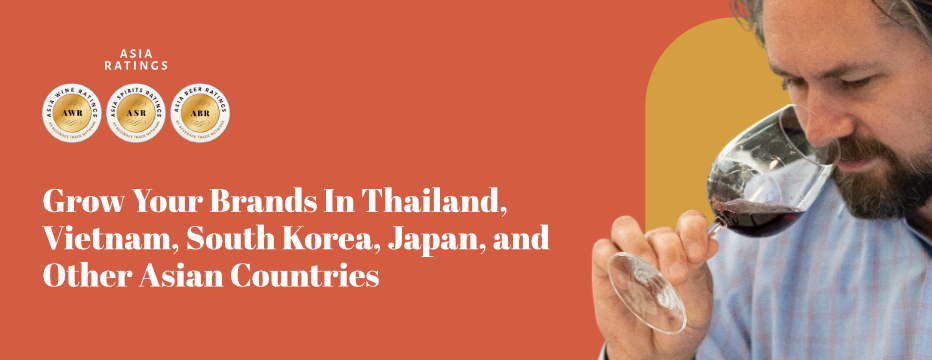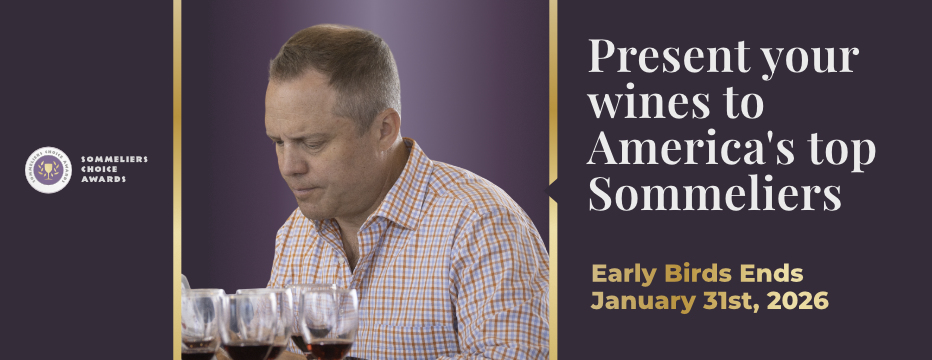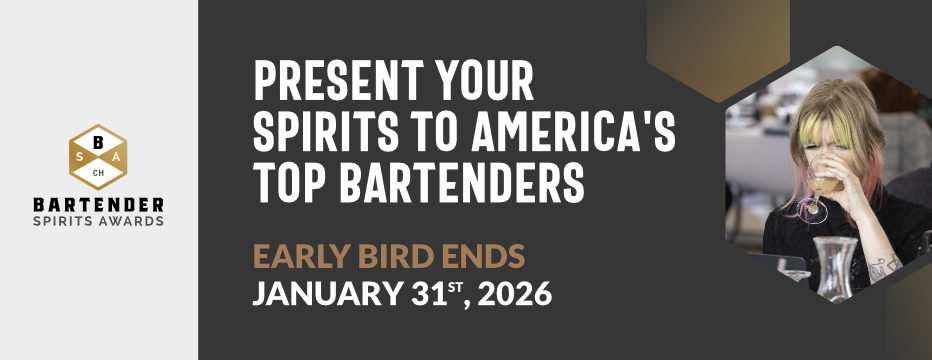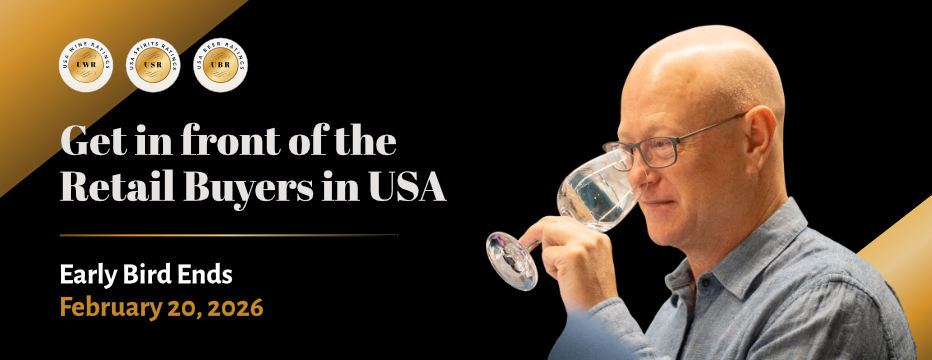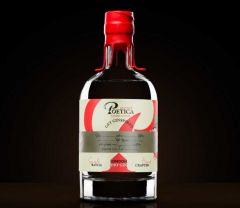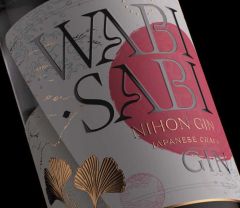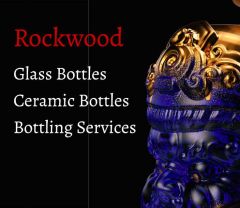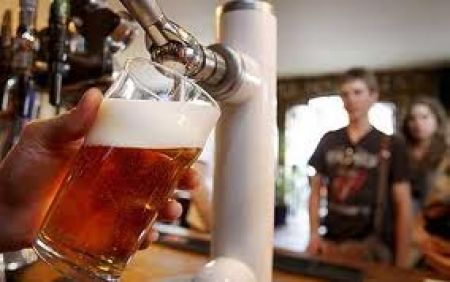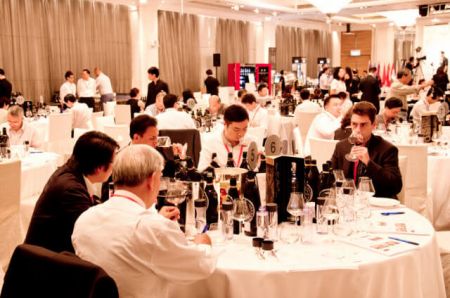Sommeliers Choice Awards 2025 Winners
Aging to Perfection: How Madeira Wine Achieves Its Distinctive Flavor
Aging techniques that create Madeira wine’s signature richness and complexity.
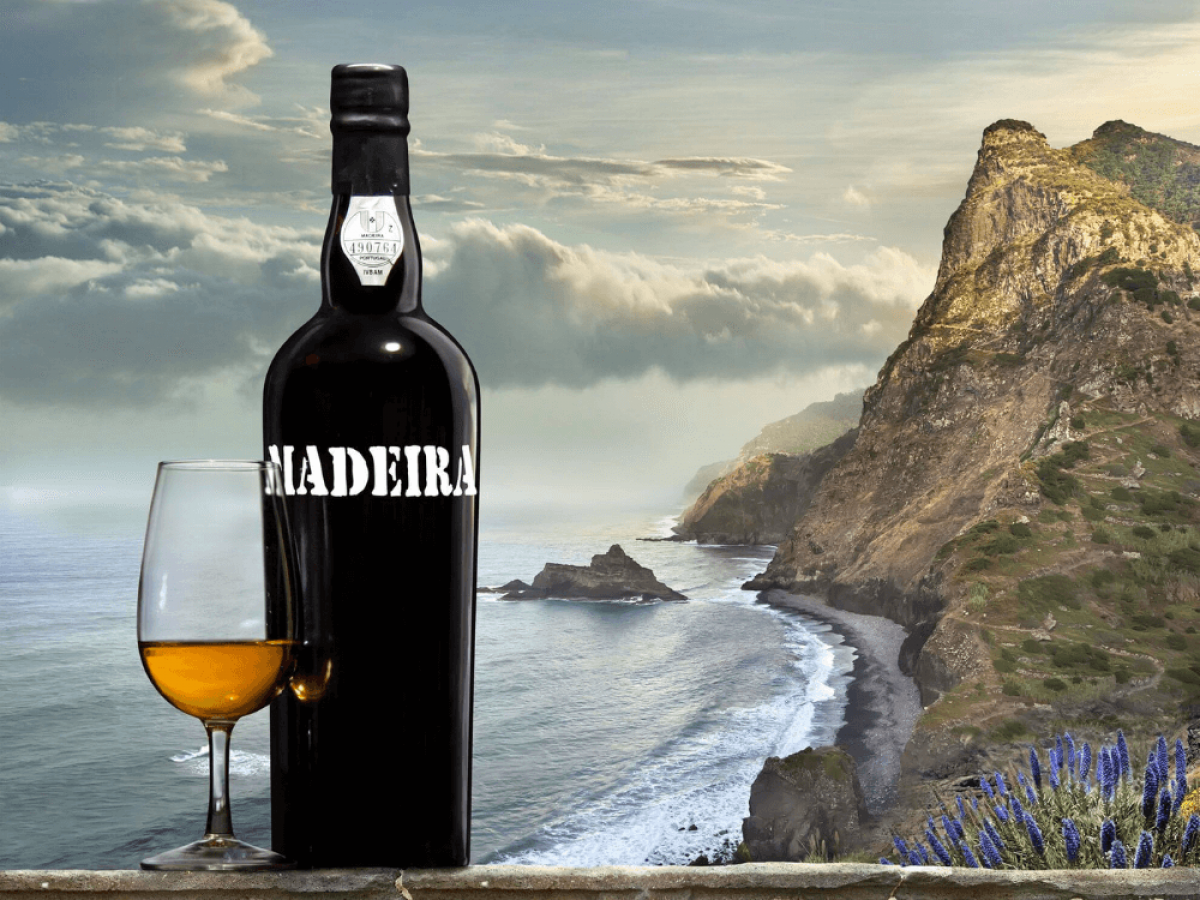
Madeira wine, a product of centuries-old traditions, is renowned for its remarkable resilience and complexity, shaped by the island's challenging topography, unique terroir, and innovative aging processes. From the steep terraces of Madeira to the oceanic influence that nurtures the island’s key grape varietals, every aspect of its production contributes to the wine's distinctive characteristics. Central to this uniqueness are the “Canteiro” and “Estufagem” aging methods, which define the intense flavors and aromas that make Madeira wine one of the world’s most storied fortified wines. We spoke to the IVBAM, to delve into how these traditional techniques, combined with a deep respect for the island’s terroir, produce wines that are not only rich in flavor but also steeped in history. They also shared insights into the ongoing efforts to elevate Madeira wine’s presence in key international markets like the UK and the US, where its storied past and exceptional quality continue to win over new audiences.
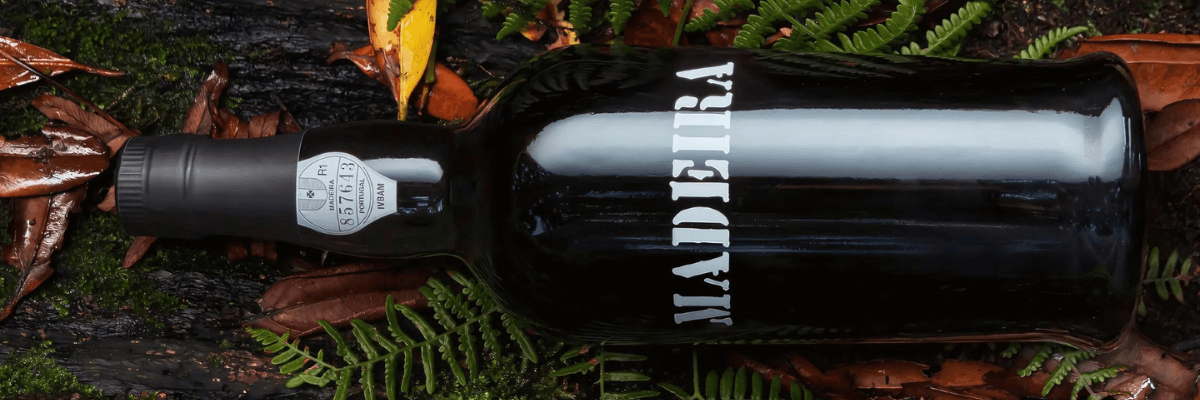
Image Source: Madeira Wines
Madeira wine is known for its unique aging process, particularly the “Canteiro” and “Estufagem” methods. Could you elaborate on how these processes contribute to the distinctive flavor profiles of Madeira wines?
The “Canteiro” method, based on the natural “heating” of the wine, which is kept in casks, usually on the top floors of the wine cellars, for a minimum period of two years, has a type of oxidative aging in the cask, through which the circulation of air originates the wine evaporation. Therefore it becomes more concentrated, making the wine develop unique characteristics of intense and complex aromas.
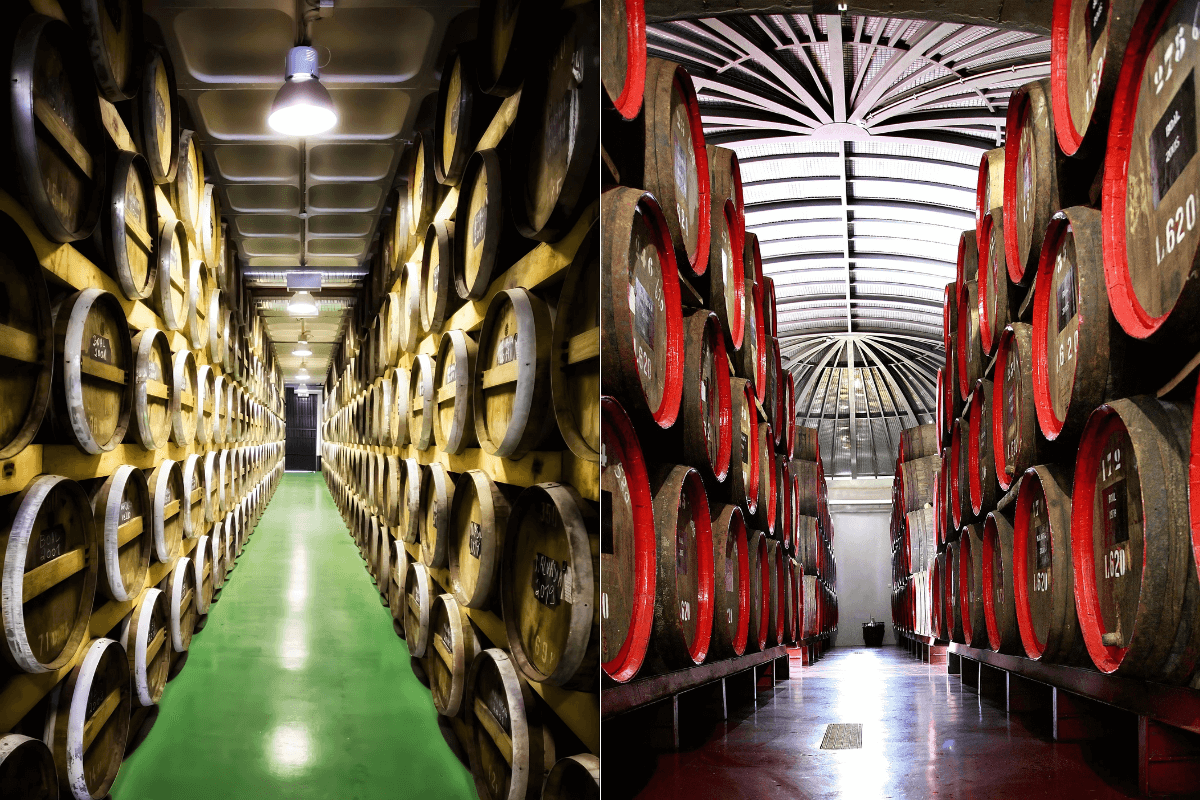
Image: Wines maturing with the “Canteiro” method
The “estufagem” method involves the controlled heating of the wine in stainless steel vats, up to a maximum temperature of 50º C, for a minimum period of 3 months. This method appeared in the middle of the 18th century, having been inspired by the “Vinho da Roda” or “Round Trip Wine”, when in the 17th century the transport of Madeira Wine to the Indies was done in the holds of ships that reached very high temperatures when passing through the tropics. It was found that these trips benefited the wine when it returned to Europe, increasing its complexity and quality by accelerating its aging.
Both aging methods are fundamental to developing Madeira wine's particular flavor profile. Together, these processes produce a diverse selection of Madeira wines that appeal to traditionalists and modern wine enthusiasts. With the years of aging, these oxidized wines become concentrated and intense, resulting in complex, rich, and challenging wines.
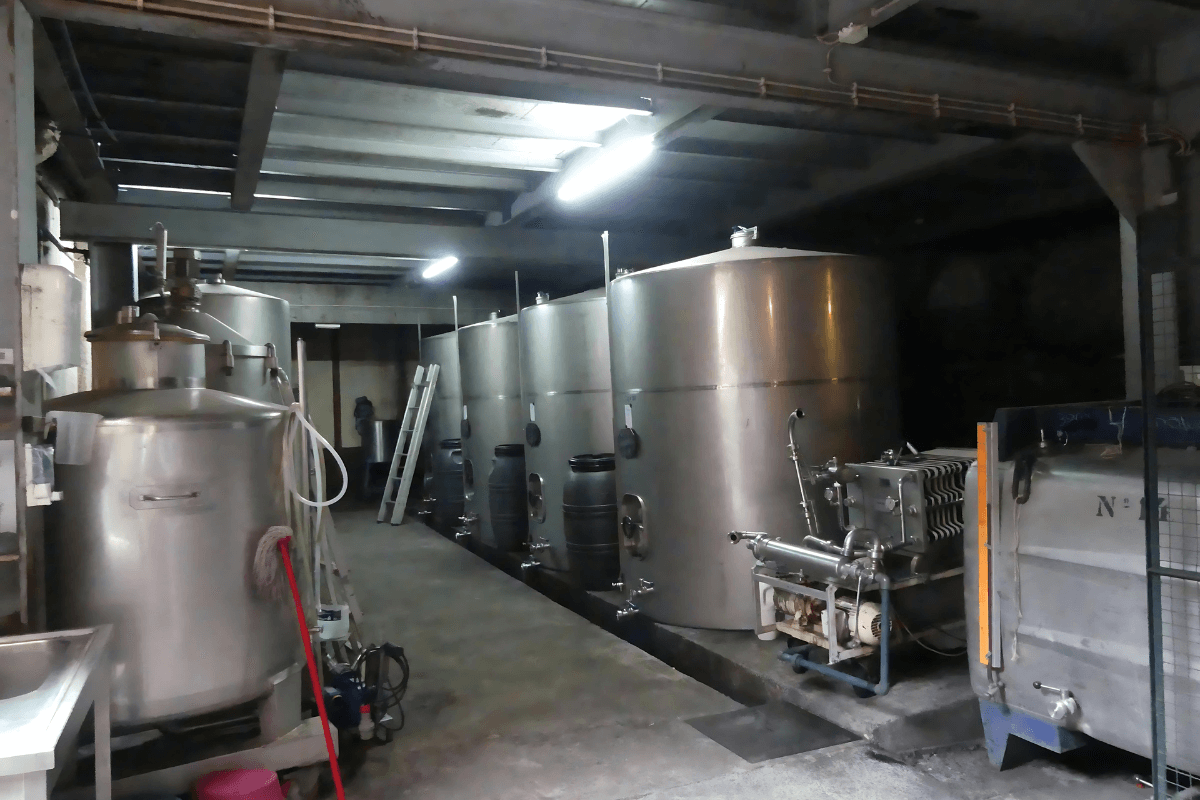
Image: Wines being aged with the "estufagem" method; Source: HM Borges Winery.
With a long history, Madeira wine is seeing increased attention in global markets. What strategies is IVBAM employing to expand its presence, particularly in the UK and US markets?
The American and British markets are among the most important, in terms of exports, for Madeira Wine and so, the Madeira Wine Institute, also known as IVBAM, has been actively working to increase Madeira Wine's position in global markets, particularly in the United Kingdom and North America. We have to bear in mind the historical ties between Madeira wine and these markets. For example, in the United States, the wine's association with the American Founding Fathers, as well as its role in historical events, and in the United Kingdom, the long-standing legacy of Madeira wine in British culture.
We believe that the investment that IVBAM has been making, in promotional terms in the North American and the British markets, namely through the “Madeira Wine Experience” actions held in New York, Los Angeles, and London, has been an important contribution to the increase in sales. Equally important are the promotional actions that Madeira Wine producers carry out individually in these markets.
IVBAM also supports the presence of the Madeira Wine producers in events, in the UK, such as Big Fortified tasting, one of the main events in terms of fortified wines. In recent years IVBAM has organized several Madeira wine tastings and masterclasses, in London and several North American cities, with local wine retailers, sommeliers, journalists, restaurants, and bars to increase visibility and accessibility. These multidimensional initiatives seek to increase awareness, appreciation, and sales of Madeira wine through a combination of marketing, education, and collaborations.

Image: The Big Fortified Tasting 2024; Source: BFT
Madeira is home to several important grape varietals like Sercial, Verdelho, and Tinta Negra. How do these varietals respond to Madeira's unique terroir, and how do they influence the final product?
These grape varieties are well adapted to the demarcated Region of Madeira. Madeira Island's unique terroir has a considerable impact on the characteristics of its grape varietals, such as Sercial, Verdelho, and Tinta Negra, which are essential for generating Madeira wine's distinctive styles. The volcanic soil, steep orography, various microclimates, and oceanic influence all have an impact on how these grapes develop and, ultimately, create the final product - complex, long-lasting, and richly flavored wines for which Madeira is renowned.
Sercial is usually grown at higher altitudes on the northern part of the island. The cooler temperatures and delayed ripening process at higher altitudes produce grapes with high acidity and low sugar levels.
Verdelho thrives in mid-altitude vineyards. These settings provide a balance of warmth and coolness, allowing the grapes to fully develop while maintaining good acidity.
Tinta Negra is the most extensively cultivated grape on Madeira, grown at a variety of altitudes throughout the island. It can withstand the island's various microclimates, ranging from the warmer, sunnier south-facing hills to the cooler, northern sections. Its tolerance to varied terroirs makes it a versatile grape capable of producing a variety of wine styles.
The vineyards of Madeira are often planted on steep terraces. How does the challenging topography of the island affect viticulture practices and wine production?
Madeira Island's hard geography has prompted the development of unique winemaking practices, such as terraced vines and intricate water management systems. These practices, combined with the island's diverse microclimates and the physical demands of working on steep slopes, have a significant impact on the characteristics of Madeira wine, resulting in a product that is deeply connected to its environment and well-known for its complexity, and high acidity, and remarkable aging potential.
The topography of Madeira is defined by small pieces of land that form a patchwork carpet. We have around 400 hectares of vineyards dedicated to the production of wine with the Protected Designation of Origin "Madeira" (DOP Madeira) and "Madeirense" (DOP Madeireirense).
Madeira's high, hilly geography makes flat land rare. To address this, farmers have built terraced vineyards, known locally as "poios" or "socalcos," on the slopes. These terraces enable the growing of vines on otherwise useless territory, laying the groundwork for viticulture on the island. In these terraces, the system used to conduct the vine is “latada”, or trellised vine, also known as pergola. In this system, the vines are conducted horizontally along wires and suspended off the ground from stakes, which means that manpower is required throughout the full cultural cycle, from pruning to harvesting. The height of the trellis varies between one and two meters, thus allowing horticultural crops to be grown under the vine, before or at the beginning of the vine's vegetative cycle, thus making better use of small and sparse agricultural land.
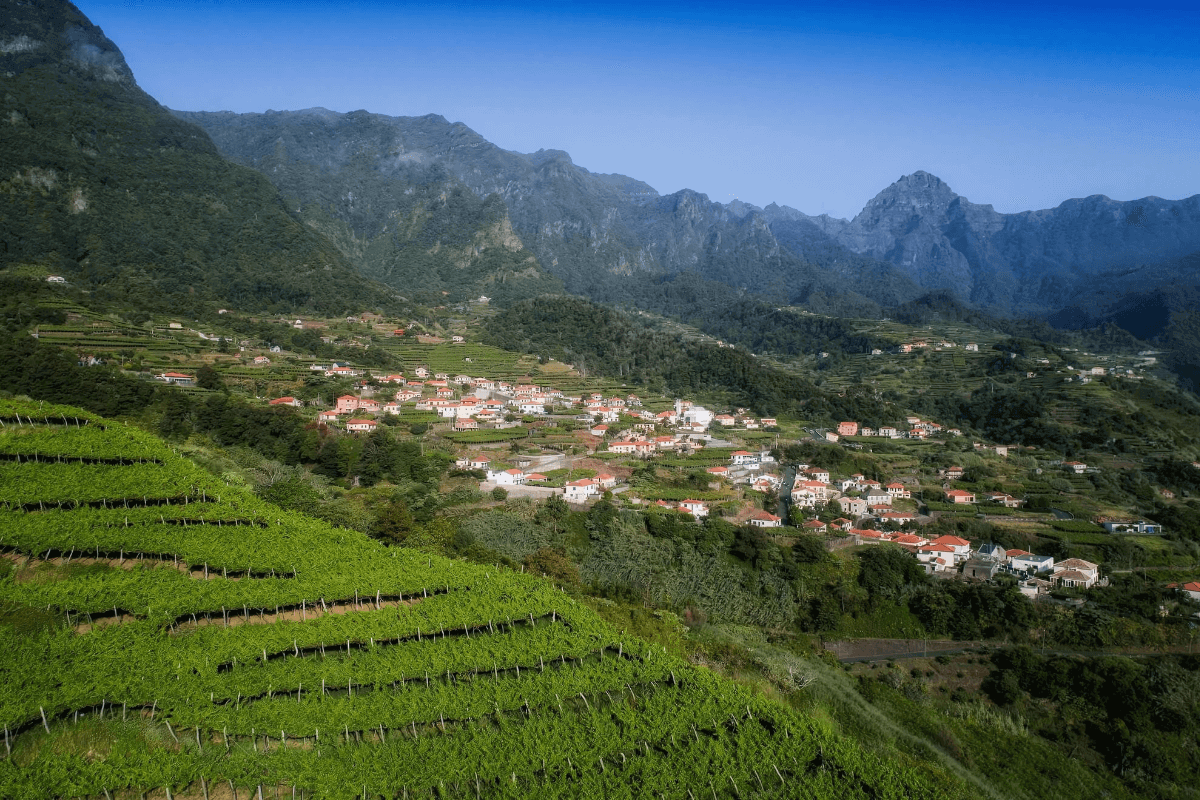
Image: The geographical area of the DO “Madeirense” and the IG “Terras Madeirenses”; Source: IVBAM
Also, water management is another major difficulty due to the uneven distribution of rainfall and the steepness of the terrain. Traditional irrigation techniques, such as “levadas” (small canals), have been built to transport water from higher elevations to vineyards, ensuring that plants have enough water throughout the growing season.
The island's unique geography provides several microclimates, which are impacted by altitude, orientation, and closeness to the ocean. These microclimates enable the production of various grape varietals in separate zones, each with its own growing circumstances.
Vineyards are cultivated at altitudes ranging from near sea level to around 800 meters (2,600 feet). increased altitudes feature cooler temperatures and increased humidity, which can inhibit grape ripening and result in higher acidity levels—an important quality of Madeira wine. Madeira wine's particular flavors are influenced by the island's diverse microclimates and terroir. The combination of high acidity, mineral notes from the volcanic soil, and the effect of ocean breezes results in wines with a distinct profile unlike any other in the world.
[[relatedPurchasesItems-38]]
Many producers in Madeira are incorporating sustainable practices into their operations. Could you highlight any specific initiatives that have been particularly impactful?
Some producers are taking initiatives to reduce their overall carbon footprint. This involves improving logistics to reduce fuel consumption, by acquiring electric cars, employing lightweight packing materials (glass, plastic), and implementing energy-saving techniques in the winery, such as installing LED lighting, updating to more efficient machinery, and the use of solar panels to run winery operations.
Conclusion:
The story of Madeira wine is one of resilience and tradition, where ancient practices meet modern innovation. As the IVBAM illustrates, the unique aging methods of “Canteiro” and “Estufagem” play a pivotal role in creating Madeira wine's distinctive flavor profiles, but they are only part of a larger narrative. From the island’s diverse microclimates and volcanic soils that nurture varietals like Sercial, Verdelho, and Tinta Negra, to the steep terraces that define its viticulture, every aspect of Madeira’s winemaking is deeply connected to its environment. Efforts by IVBAM to expand Madeira Wine’s reach in global markets, particularly in the UK and the US, show a commitment to sharing these extraordinary wines with the world.
In conversation with Malvika Patel, Editor and VP, Beverage Trade Network
Also Read:
Madeira Rum: The Agricole Spirit with Tropical Terroir and Global Appeal
ViniPortugal and the Strong Advance of Portuguese Wines: An Interview with Maria João Menezes
Portada Reserva White: Best Wine from Portugal as per USA Wine Ratings

